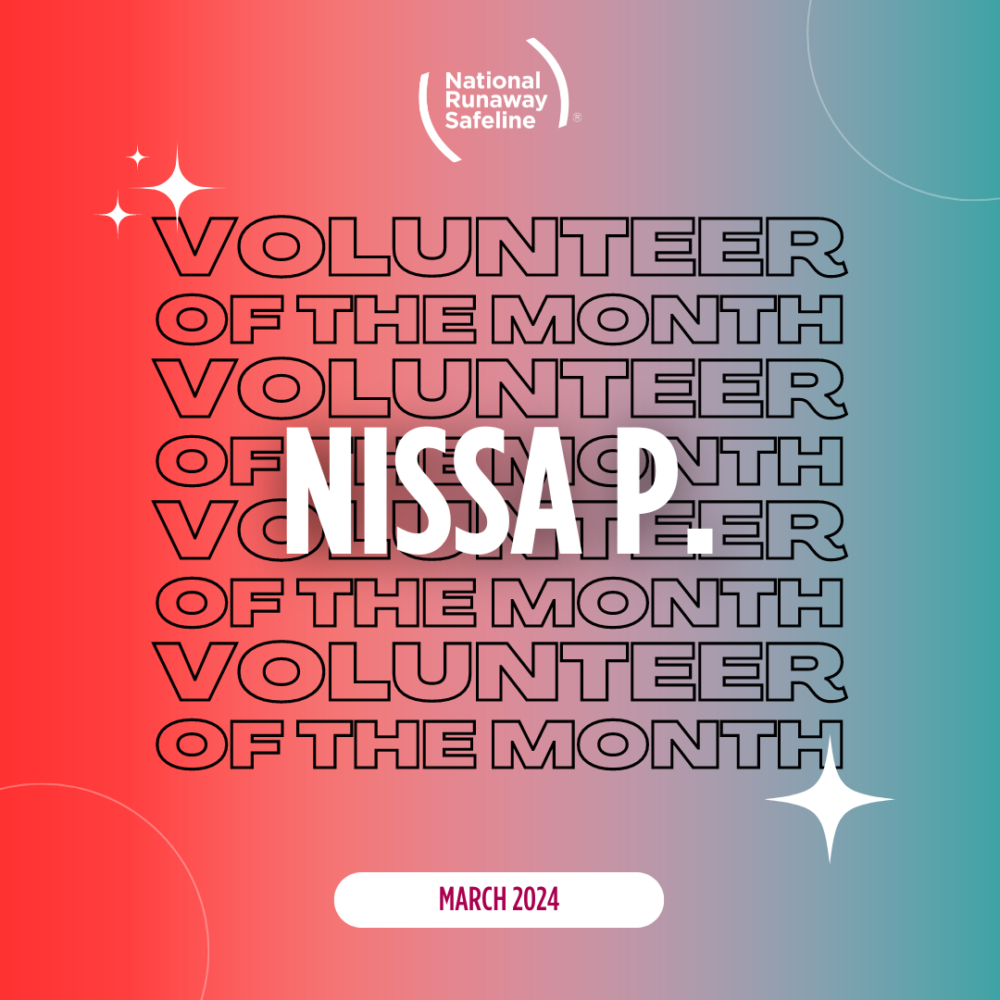
What is HIV/AIDS?
HIV (human immunodeficiency virus) is a virus spread through certain bodily fluids. It attacks the body’s immune system, specifically the CD4 cells (T cells) which help fight off infections. If left untreated, HIV reduces the number of T cells, which makes it harder for the body to fight off infections and some diseases. HIV can lead to AIDS (acquired immunodeficiency syndrome), which can also be referred to stage 3 HIV.1
Statistics
In the U.S. more than 1.1 million people are living with HIV. 2 There are certain populations where HIV/AIDS is more prevalent: gay and bisexual men are most affected. Yet, we see this impacting all ages, genders, races, ethnicities, and sexual orientations.3 When looking at the runaway and homeless youth population: unstably housed youth and persons experiencing homelessness are disproportionately affected by HIV/AIDS.4
Prevention and Treatment
The stigma around HIV/AIDS impacts mental and physical health; in fact, reducing the stigmatization of individuals experiencing HIV/AIDS can improve prevention efforts. Stigma is linked to avoidance of HIV testing and access to health services.5 By increasing awareness of HIV/AIDS and services offered, together we can reduce stigma and improve health outcomes and behaviors for those affected and at-risk.
1 in 7 individuals with HIV do not know they have it, this is why testing and early detection are so important.6 Many local organizations such as medical clinics, substance abuse programs, community health centers, and hospitals offer HIV tests; some sites even offer free testing. Interested individuals can locate testing sites near them by:
- Calling 1-800-CDC-INFO (232-4696)
- Visiting cdc.gov OR locator.hiv.gov
- Texting your ZIP code to KNOW IT (566948)
No effective cure exists, but thanks to better treatments, people with HIV/AIDS now live longer and have a better quality of life.7 Finding a provider that is knowledgeable about HIV/AIDS care is important so that they can prescribe the right antiretroviral therapy (ART).



